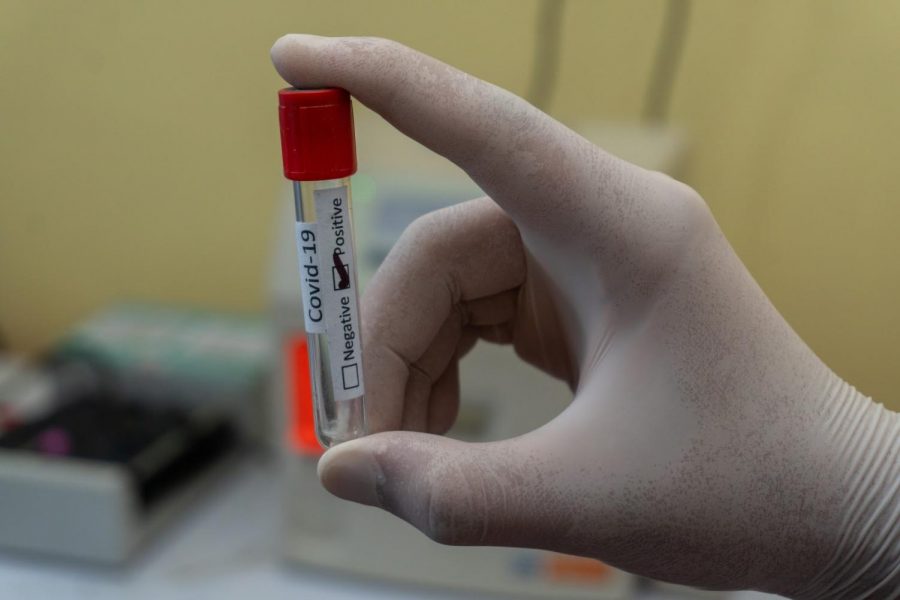False Negatives: The Truth About COVID-19 Testing
Jane Doe stared down at the results of her coronavirus test in her hand. Negative? How was that possible? As a program coordinator at a local healthcare institution, she knew she had experienced all of the symptoms associated with COVID-19.
She had made an appointment to get tested and stood in a long line of people waiting for her turn. When she took her test, she thought it was performed incorrectly; maybe this was why the result seemed wrong. After deciding to take the test again, she was the only person at the center. And when the results came back, they confirmed her suspicions: she had COVID.
Since the pandemic reached the United States, challenges with testing have arisen. Due to a lack of available test kits, the Centers for Disease Control and Prevention has urged people to avoid testing if they have mild symptoms that do not warrant medical care. In fact, decisions for who is being tested are made by state and local health departments, as well as healthcare providers.
Along with the issue of test availability, low test sensitivity has also posed problems. Sometimes, the disease is not identified by the insensitive tests, so while a positive test confirms that an individual has COVID-19, a negative test does not confirm that an individual does not have the disease.
But why is the test so insensitive? Well, for starters, an individual can be diagnosed with coronavirus through two different tests: an antibody test and a viral test.
Antibodies are proteins generated by the body when it is infected. They bind to pathogens, signalling the immune system to eradicate the disease. In response to the virus, the body generates antibodies 1-3 weeks after infection. By checking the antibodies in a small sample of blood, the test can determine if the individual has had COVID in the past.
On the other hand, the results of the viral test determine if the individual has a current infection. There are many available types of the test, but all identify the virus in respiratory samples, such as swabs from the inside of the nose. Some tests can be analyzed at the testing site, having results back within minutes, while other tests are sent to a laboratory which can take a few days to analyze.
The Food and Drug Administration has authorized some tests to be taken at home, which are often a saliva sample that must be sent to a laboratory for processing.
False negatives are common for viral tests if the respiratory swab does not capture enough viral material. This can happen if swabbing is performed incorrectly, or if the test is performed early after an individual is infected. Since the virus takes time to replicate and build up its population, if a test is administered too soon, there will not be enough of the virus in an individual to be picked up by the test sample and identified in analysis.
So, an individual may receive a false negative early in their infection, and in later tests, are found to be positive. This is why individuals should still practice social distancing measures, even if they do not believe they have COVID-19.
“I felt so awful and I was so frustrated with the false negative because I just knew I had it,” Doe explained. “I had no idea how I’m supposed to feel with [a positive result]…I was comforted to know what it was, but it was so scary.”
In the midst of this pandemic, hundreds of people face uncertainty and stress. By practicing good citizenship through social distancing, wearing masks, and offering kindness, long lines in front of testing centers can become a thing of the past.

Anya Jayanthi '21 is thrilled for her fourth year with The Banner! As a co-editor for the S&T section, she hopes to continue exploring the greater...


